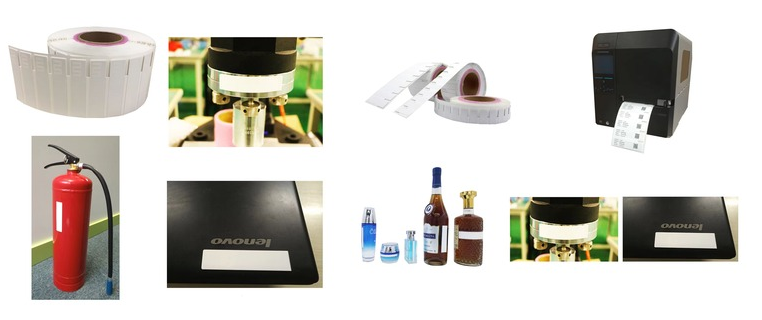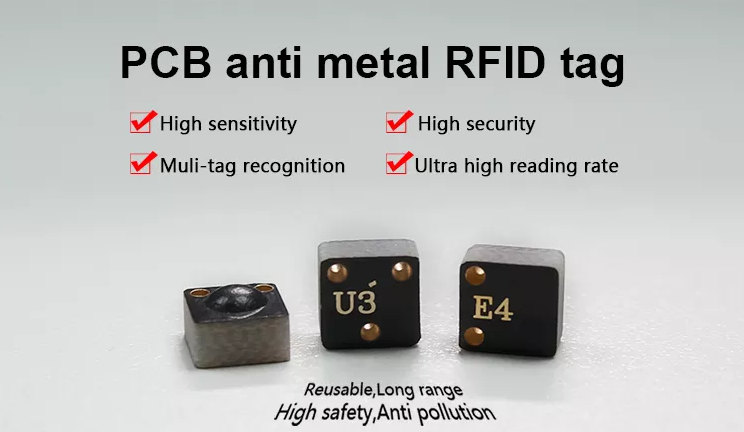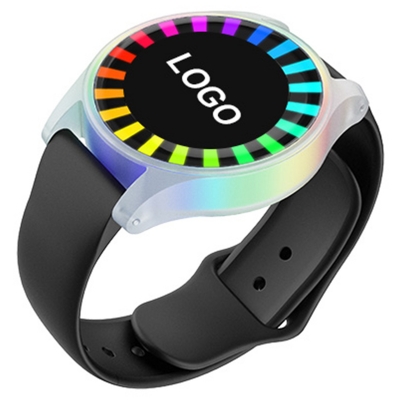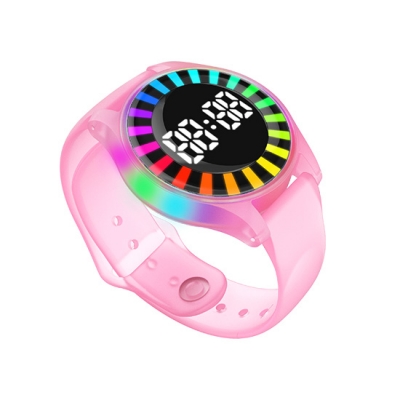Radio Frequency Identification (RFID) technology has revolutionized asset management, inventory tracking, and access control. However, a common question arises: Do RFID systems work effectively near metal or liquids? Understanding the performance challenges and solutions for RFID in these environments is critical to maximizing the technology's potential.
The Challenge of Metal and Liquid Interference
RFID systems consist of tags, readers, and antennas that communicate via radio waves. When these radio waves encounter metal or liquids, several types of interference issues can occur:
Signal reflection: Metal surfaces reflect RFID signals, causing communication errors between tags and readers.
Signal absorption: Liquids, especially water, absorb radio waves, which weakens signal strength and reduces effective read range.
Detuning: Both metal and liquids can detune RFID antennas, causing them to operate beyond their optimal range.
These factors can significantly affect the performance of standard RFID tags, so it is critical to choose the right type of tag for your specific environment.
Solutions to Interference Issues
To mitigate the effects of interference from metal and liquids, several strategies can be employed:
Use Metal-Resistant RFID Tags
One effective solution is to use “metal-resistant RFID tags” designed to work near metal surfaces. For example, Meihe’s “Printable UHF RFID Flexible Metal-Resistant Tags” are ideal for applications where metal is present. These products are made from a flexible polymer composite that can conform to a variety of surfaces, ensuring reliable performance even on metal objects. Their design minimizes signal reflections, allowing for seamless integration into your asset management system.

Choose Heat-Resistant and Water-Resistant Tags
In environments where metal and liquids are present, such as manufacturing environments or outdoors, it is critical to choose heat-resistant and waterproof RFID tags. “Heat-Resistant and Water-Resistant Tags” are ideal for high-temperature applications. Not only are they able to withstand extreme conditions, but they also maintain performance near metal and liquids, making them ideal for a variety of asset management scenarios.
Optimize Reader and Antenna Positioning
Proper placement of RFID readers and antennas can significantly improve performance. Interference can be reduced and read rates can be improved by strategically placing the reader to avoid direct alignment with metal surfaces and optimizing antenna orientation.
Implementing a Middleware Solution.
Using middleware can help filter out noise and enhance the data collected from an RFID system. This software layer can analyze received signals and improve data accuracy while compensating for any interference caused by nearby metal or liquids.

Conclusion
While RFID technology faces challenges when operating near metal and liquids, the right products and strategies can effectively overcome these obstacles. By using specialized tags such as " Printable UHF RFID Flexible Anti-Metal Tag" and "Heat-Resistant Waterproof Long-Range RFID Anti-Metal Tag", businesses can ensure reliable performance even in the most challenging environments. With thoughtful implementation and optimization, RFID can continue to drive efficiency and innovation across industries.















